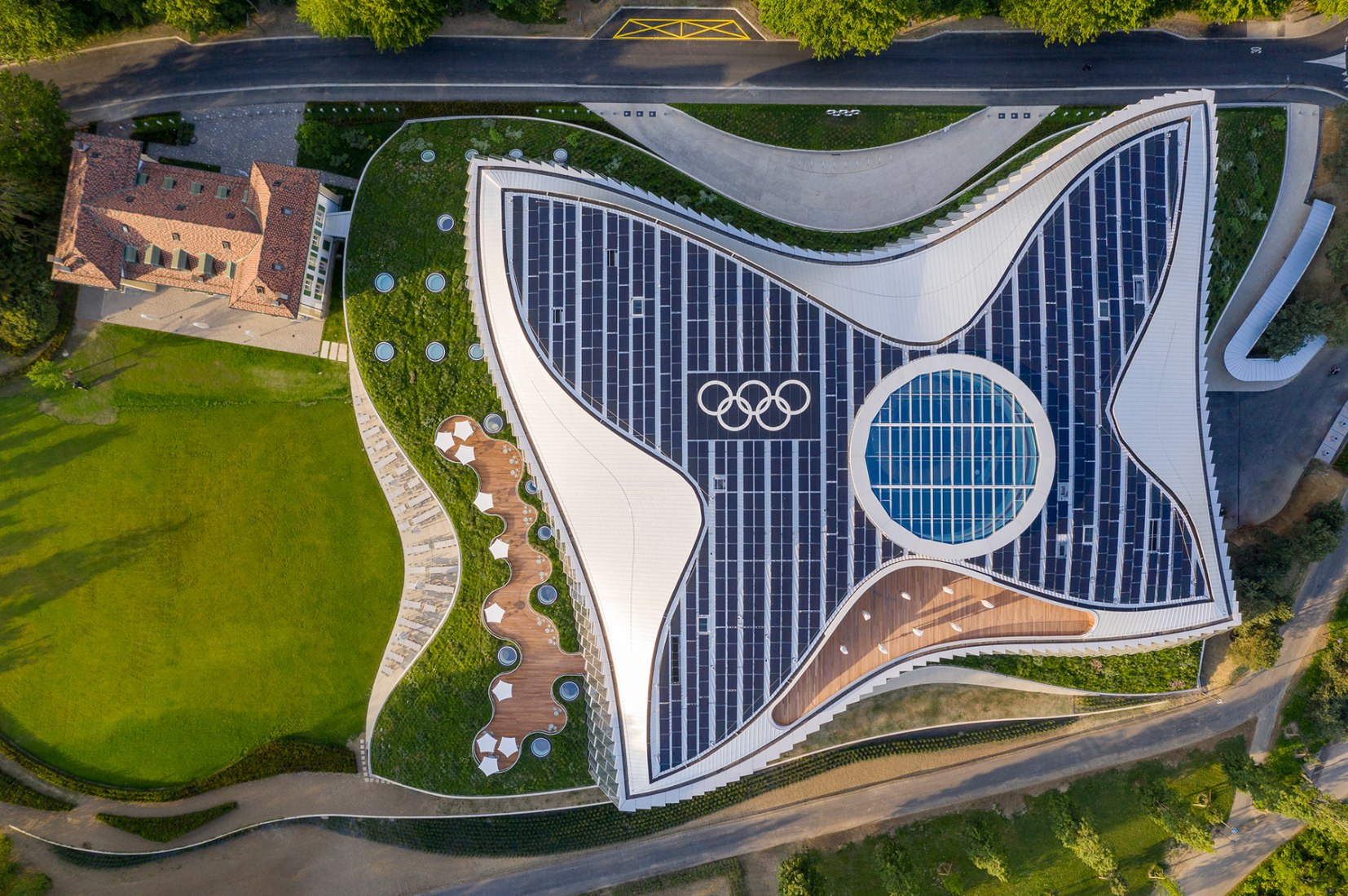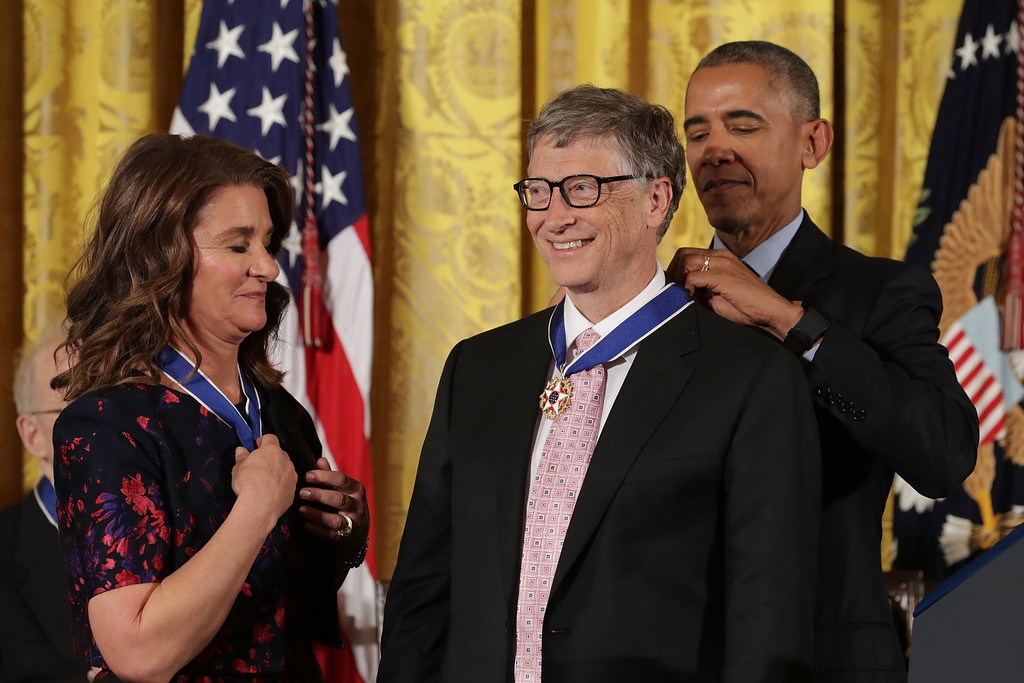The Global environment is changing rapidly in for the worse in 2022 due to our masses pollution, energy consumption, developments and other factors.
The world need to be eco-friendly and start creating buildings that are powered, or at least partially powered by renewable energy, in order to reduce our carbon footprint.
Invest in eco-friendly buildings now might be expensive, but with the amount you save on electricity and other utilities with these buildings we will start to make this money back over time. We’re investing in our children’s future, and the health of our earth in the future.
One of the greatest example in the eco-friendly building is : The home of the entire Olympic Movement.
Minimising the environmental footprint, along with its sustainable features enables the new IOC HQ to represent the IOC commitment, while not compromising the quality of the working environment. Through the green roof, terraces and fitness center, the building and natural environment is rich with the opportunity for employees to participate in sport in order to energize themselves throughout the day. Sustainable features such as low flow taps, toilets, and rainwater capture significantly reduce the building’s use of water; while the solar panels located on the roof (and out of sight) reduce the need for electricity from the grid.
Olympic House has received three of the most rigorous sustainable building certifications making it one of the most sustainable buildings in the world. LEED Platinum, the highest certification level of the international LEED green building programme. According to the U.S. Green Building Council (USGBC), the organisation that developed LEED, Olympic House has received the most points (93) of any LEED v4-certified new construction project to date.
Olympic House is a testament to sustainability. It is the first building to receive three of the most rigorous sustainable building certifications (LEED v4 Platinum, Swiss Sustainable Construction Standard Platinum and Swiss standard for energy-efficient buildings, Minergie P.), making it one of the most sustainable buildings in the world.
The new headquarters allowed the IOC to bring together its staff – 500 employees previously spread across Lausanne in four locations – under one roof at a single site.
Olympic House in Vidy, to cater for its administration and offer a welcoming meeting place for IOC Members and the entire Olympic Movement; and The Olympic Museum and the Olympic Studies Centre in Ouchy, dedicated to general public activities.
The IOC headquarters have been in the Olympic Capital, on the shores of Lake Geneva, since 1915. It was Pierre de Coubertin who chose this city, explaining later that not only did he see Lausanne as an ideal location for the administrative headquarters, but also that in the midst of the First World War the city could offer the stability that had become essential for Olympism.
Discover more from Green Innovation News
Subscribe to get the latest posts sent to your email.





